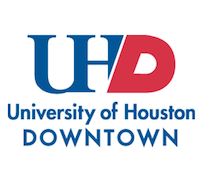Below is a summary of the abstract you submitted. Presenting author(s) is shown in bold.
If any changes need to be made, you can modify the abstract or change the authors.
You can also download a .docx version of this abstract.
If there are any problems, please email Dan at dar78@pitt.edu and he'll take care of them!
This abstract was last modified on May 8, 2017 at 11:39 a.m..

As part of the SEA PHAGES program at The University of Houston-Downtown, undergraduates took the General Biology lab I and II courses, in which mycobacteriophages were isolated and annotated. In the Biology lab I, students gathered soil samples from around the greater Houston area. From the soil samples, isolated phages were put through series of serial dilutions to isolate the phages. After successful rounds of dilutions, the plates were flooded to provide a lysate that was used to extract the DNA. Genomic DNA of the isolated phages was extracted and sequenced. Genome annotations of bacteriophages namely Purgamenstris, and Bigswole was carried out in Spring 2017 as part of Biology lab II course. Purgamenstris belonged to Cluster N, with a genome of 42,595 bp. Bigswole, belonged to Cluster C, and was found to contain the largest genome of 156514 bp. Based on plaque morphology, Bigswole appears to be a temperate phage. Genome Annotation was done employing various algorithmic software such as the Phages Evidence Collection Annotation And Networking (PECAAN), DNA Master, and Phamerator. Using these programs, putative genes were predicted and compared with homologous genes of phages. Genes with predicted functions of integrase, lysin, glycosyltransferase and minor tail proteins were identified. As these courses further progress at UHD, there is much hope that bacteriophage therapy be incorporated to combat antibiotic - resistant bacterium.


